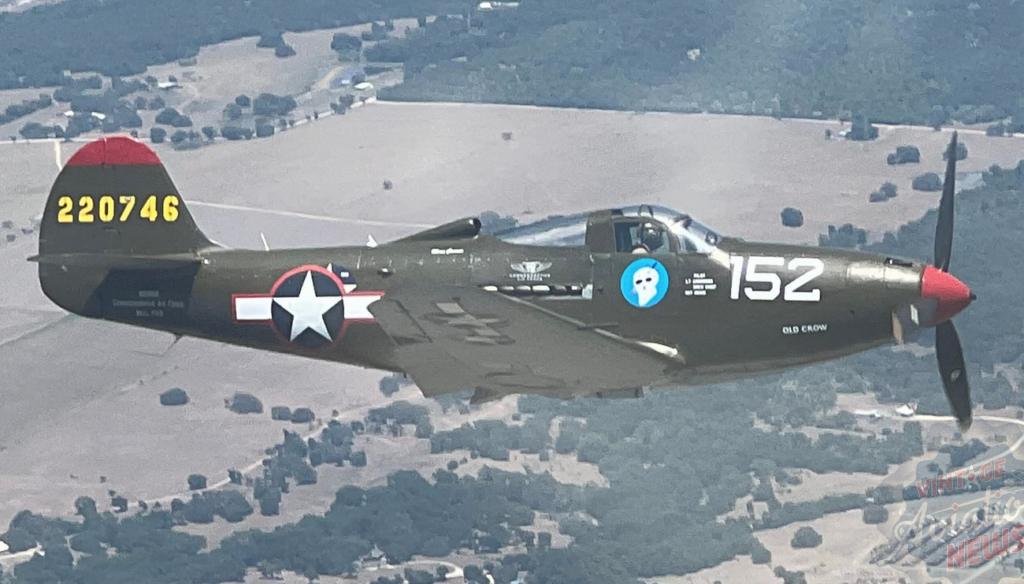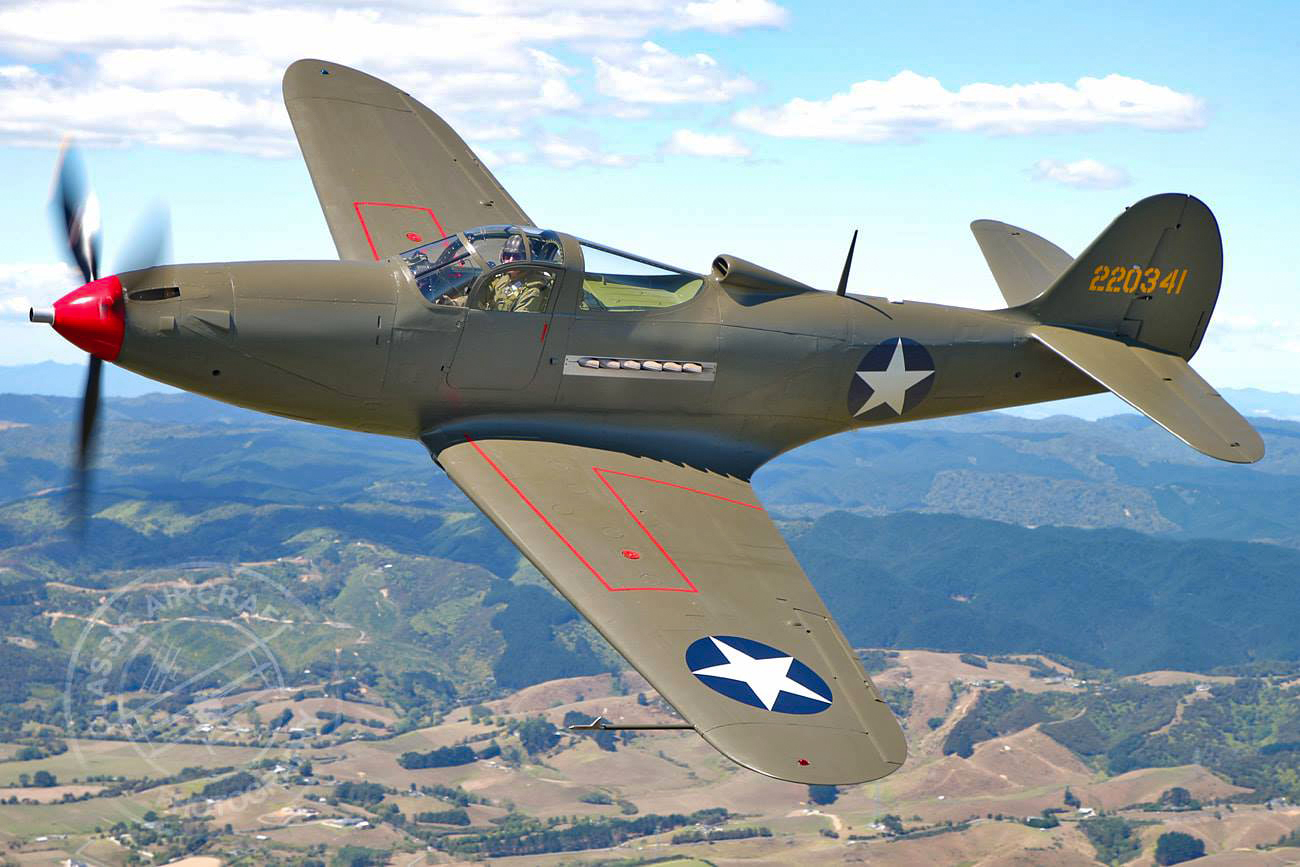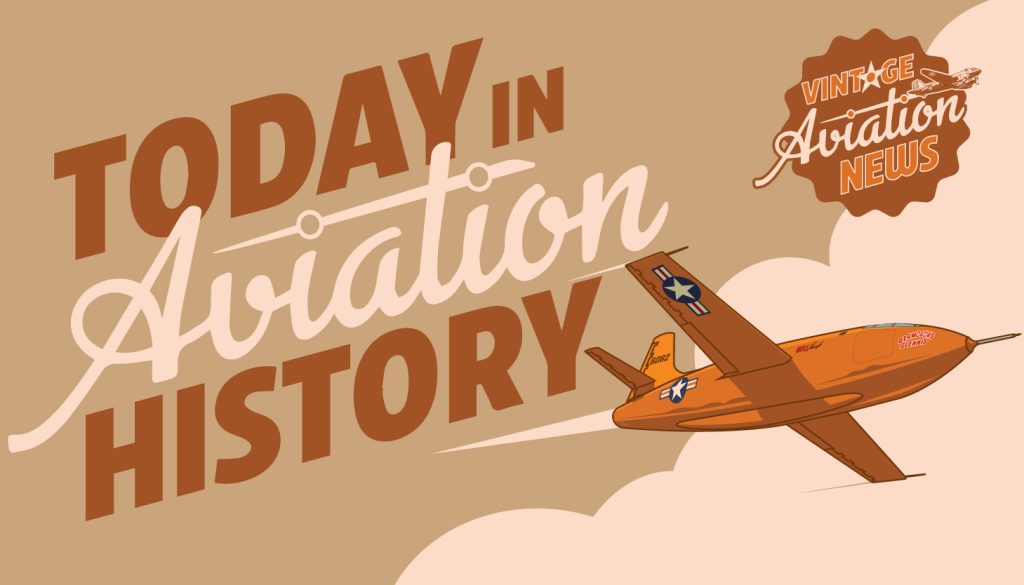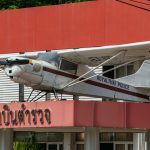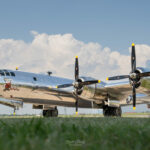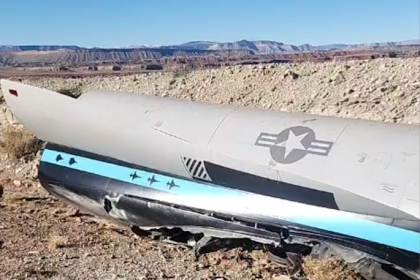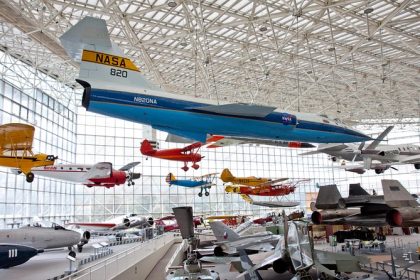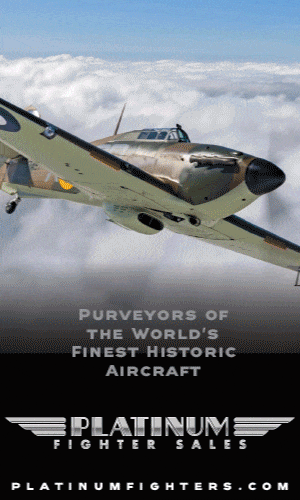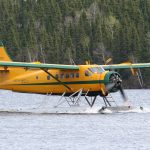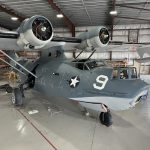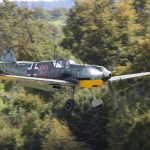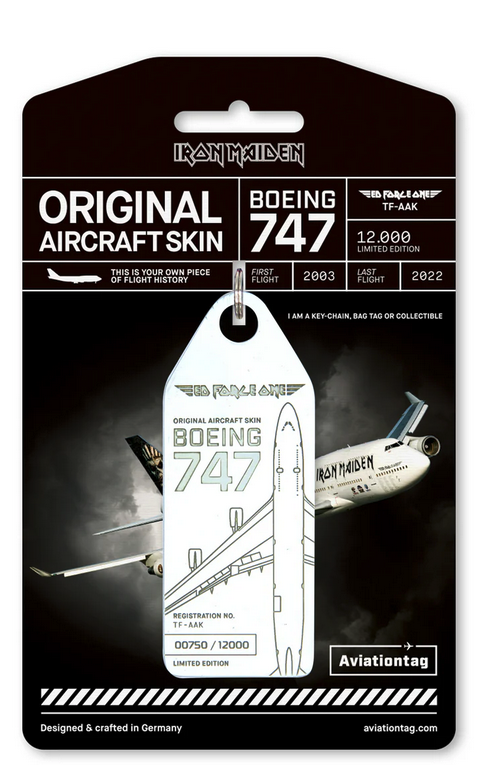On April 6, 1939, the Bell P-39 Airacobra made its first flight, marking the 86th anniversary of this unique aircraft’s debut. Initially designed for the United States Army Air Corps, the P-39 was one of the earliest fighters in the American arsenal as World War II began. The Airacobra was a single-seat fighter with an unconventional design. Powered by the Allison V-1710-85 V-12 liquid-cooled engine, the engine was mounted behind the pilot, with a long shaft connecting it to the propeller at the aircraft’s nose. This rear-engine layout gave the P-39 a distinctive, almost futuristic appearance, characteristic of 1930s aviation design trends.
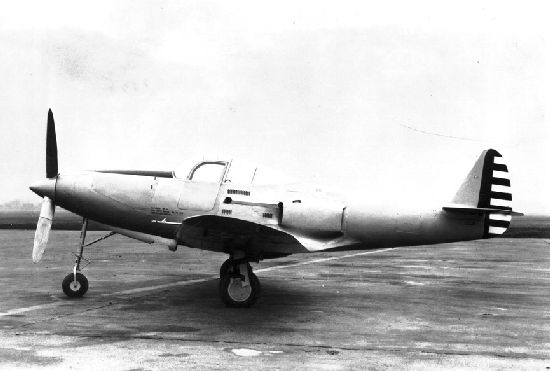
The P-39 Airacobra was primarily intended as a low-altitude fighter. However, it was generally unpopular with American pilots, who criticized it for instability and poor performance, particularly at higher altitudes. The aircraft’s shortcomings were famously captured in the song “Give Me Operations.” Despite the P-39’s poor reception among U.S. aviators, the Soviet Union found it to be highly effective in combat. Soviet forces appreciated the P-39’s versatility in ground-attack roles, such as striking tanks, troops, and engaging in low-level dogfights on the Eastern Front. Under the Soviet Air Force, the Bell P-39 achieved more kills than any other U.S. fighter type flown by an Allied air force in combat—though it’s worth noting that Soviet claims were sometimes inflated.
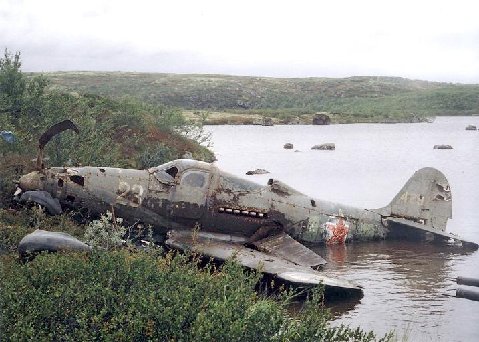
The P-39’s firepower was one of its key strengths. It was equipped with a 37mm M4 cannon mounted in the nose, complemented by two .50 caliber Browning M2 machine guns in the nose and two additional M2 .50s in the wings. The aircraft could also carry up to 500 pounds of bombs on its wings and centerline. The P-39 had a top speed of 389 miles per hour and a range of 525 nautical miles.
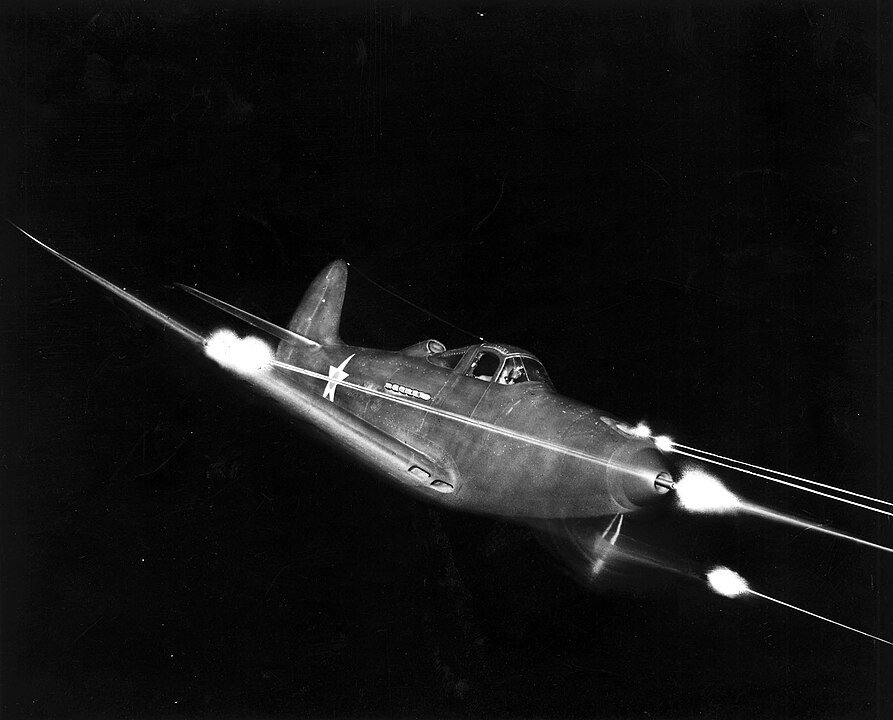
Today, three Bell P-39s still fly in the United States, with many others preserved in museums worldwide. Though not the most effective fighter at high altitudes, the Airacobra excelled in low-altitude combat, carving out a respected place in aviation and World War II history. The outcome of the war might have been quite different without the P-39’s contributions.
